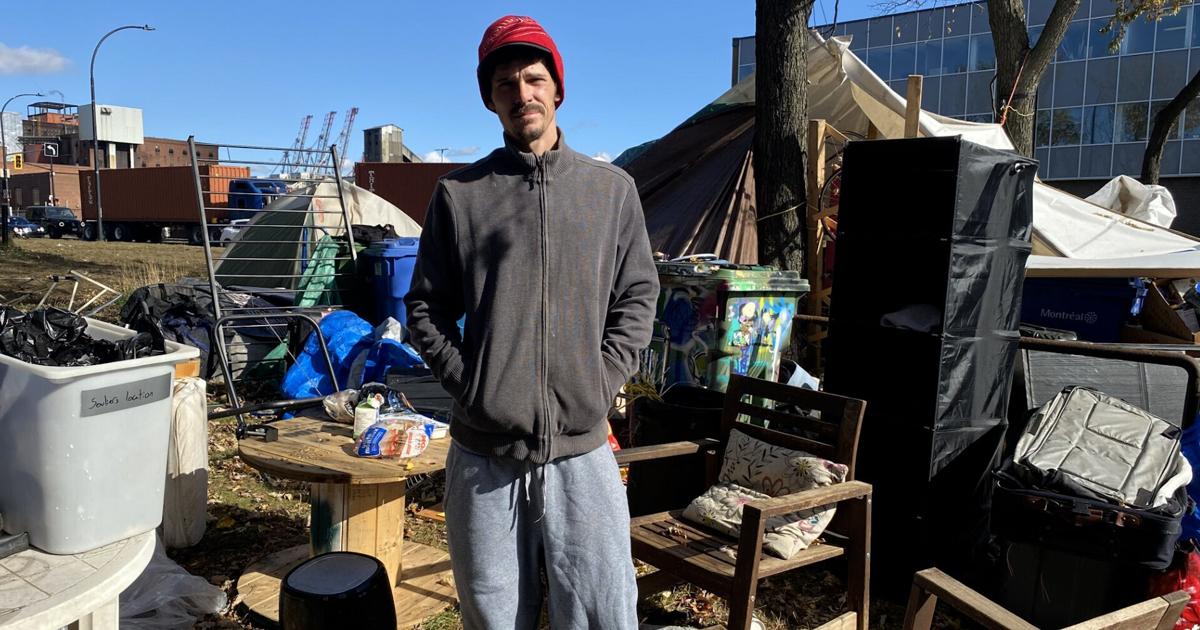TORONTO – When a severe tropical cyclone hit New Zealand in February 2023, it left thousands on the country’s North Island without internet or cellphone service for nearly a week, as major roads carrying vital fibre optic cables were washed out.
Of residents who managed to retain an internet connection amid Cyclone Gabrielle, many relied on a lifeline that didn’t even exist just a few years earlier: SpaceX’s satellite internet service known as Starlink.
The company, which provides internet service through a constellation of thousands of satellites orbiting the globe, has seen significant uptake in New Zealand since launching there in 2021 — especially among rural communities — which helped keep users connected after the storm.
Bronwyn Howell, a telecommunications policy researcher at New Zealand’s Victoria University of Wellington, said 14 per cent of rural households in New Zealandare connected to satellite, almost solely driven by Starlink.
“Satellite is the gift that keeps on giving,” said Howell.
“The game is changing.”
The technology seems poised for liftoff in Canada, too.
As the future of connectivity via satellite continues to take shape, industry watchers say its growth could have significant implications for solving resiliency challenges, improving connectivity in rural and remote communities, and increasing competition in Canada’s telecom sector.
Academics, industry executives and regulatory officials gathered in Toronto on Oct. 16 for a conference hosted by the Ivey Business School, which delved into the role that satellite technology can play in Canadian telecommunications.
“Satellite is not a niche technology. It’s not just the technology that fills in some of the hard-to-reach parts, it’s a technology that cuts across the entire telecom agenda,” CRTC vice-chairperson Adam Scott said during the conference.
“The better satellite technology becomes the more attractive an option it could be to customers. Maybe not for everyone, but for some, including some who are not accustomed to having much competition or choice at all.”
Howell said satellite’s introduction in New Zealand has marked “the end of natural monopoly” for connectivity in rural communities.
“Now, in fact, many of the rural areas have better competition than some of the peri-urban and suburban areas, because they have a real and viable choice of satellite service that works,” she said.
“The strategic options are now much wider.”
In June, the federal government launched a consultation into expanding wireless services through satellite technology, with Industry Minister François-Philippe Champagne hailing it as “the next frontier where Canadians will be able to use their current phone … to have absolute connectivity.”
Champagne also said in an interview at the time that with natural disasters on the rise, satellite connections could serve as a backup when traditional networks go down due to power outages.
The government’s study is set to wrap up this month, with new regulatory rules expected to be announced in the coming months and in place by April 2025, said Andre Arbour, director general of telecommunications and internet policy at Innovation, Science and Economic Development Canada.
“It can be invaluable, and maybe the only option in the wake of some type of natural disaster when the traditional infrastructure is damaged and being repaired,” he said.
In the meantime, some Canadian carriers are already working on development.
Rogers Communications Inc. announced partnerships last year with SpaceX and Lynk Global to deliver satellite-to-phone connectivity across Canada. By last December, Rogers said it has passed a key milestone by completing a test call using Lynk’s low-earth orbit satellites and its own wireless spectrum.
Telus Corp. also said it successfully trialled the technology in late 2023 in partnership with Montreal-based telecom provider TerreStar Solutions Inc. and non-terrestrial network service provider Skylo.
Last month, Ottawa announced a $2.14-billion loan to satellite operator Telesat to help that company build its broadband satellite constellation, called Lightspeed. The government said Lightspeed would enable people in the most remote parts of the country, including in Indigenous communities, mines and forestry companies, to access cheaper, more reliable internet.
The first of an initial 198 satellites is scheduled to launch in 2026.
Michèle Beck, Telesat’s senior vice-president of Canadian sales, said the technology is “creating a level of resiliency that we’ve never seen before.”
“It can be used anywhere in Canada, as long as you have an antenna to land in. It’s fungible,” she said.
“You can configure it where you need it at any particular time. It’s an insurance that would allow you then to provide that continuity where you need it.”
She highlighted another advantage of the technology when it comes to trying to prevent mass outages — individual satellites are spread out across a constellation.
“You don’t have a big fat target in the sky,” said Beck.
“You’ve got many, many satellites creating this network and if one or two gets taken out or denied, jammed, you still have hundreds more to complete the links.”
In Northern Canada, where some remote communities have a history of connectivity challenges such as slow or unreliable speeds, high prices and data caps, many have pointed to satellites as a potential solution, said Rob McMahon, associate professor of media and technology at the University of Alberta.
Speaking at the Ivey conference, McMahon shared research surrounding customer experiences from two communities in the Northwest Territories, which showed Starlink users tended to report fewer hiccups than customers of other broadband services.
But McMahon noted limitations to the technology. Starlink, in particular, currently has a limited customer base — it became available in Canada in 2021 — and may see declines in speed or quality of service as uptake grows, he said.
Consumer costs are also still relatively high, with the company charging $140 per month for service and $499 for hardware in Canada.
“Reliability is somewhat unclear. There’s no local technicians to provide support if the service goes down, for example,” said McMahon.
Arbour added satellite shouldn’t be seen as a full substitute for 4G or 5G communications. He said the departmenthas received complaints about “dead zones” where satellite internet doesn’t seem to work, even in centralized locations.
“It’s not in the middle of Hudson Bay,” he said. “It’s not too far from the (Greater Toronto Area), actually.”
Howell said those concerns echo some of the lessons learned thus far from New Zealand’s experience with satellite.
She said governments and regulators shouldn’t abandon their focus on improving service of traditional broadband networks in order to see satellite take off.
“There are going to be very different options created for a handful of consumers at the geographic periphery of society, but it doesn’t take away the importance of all of the other stuff that we’ve all been working on for the last so many years,” she said.
This report by The Canadian Press was first published Oct. 27, 2024.
Companies in this story: (TSX:RCI.B, TSX:T)
























